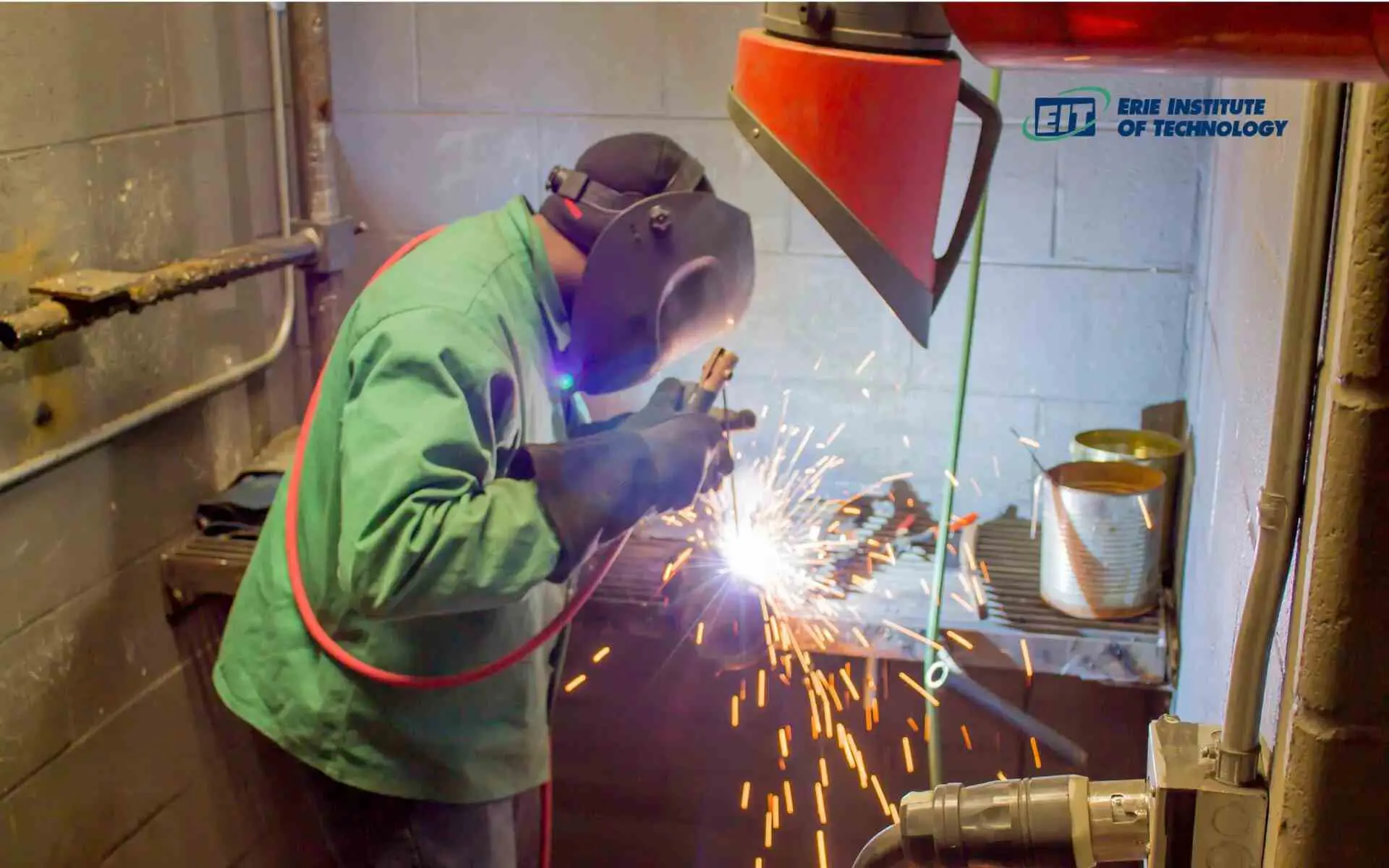Welding WPS Explained: Key Parts and Perks for Your Welding Procedures
Welding WPS Explained: Key Parts and Perks for Your Welding Procedures
Blog Article
Getting Welding Quality: Revealing the Secrets of WPS Execution and Optimization
In the world of welding, attaining excellence is a quest that pivots on the thorough execution and optimization of Welding Treatment Requirements (WPS) By delving into the essential components, approaches, difficulties, and finest techniques connected with WPS, a globe of welding quality waits for those that are eager to explore its depths.
Significance of WPS in Welding
The Value of Welding Procedure Requirements (WPS) in the welding industry can not be overemphasized, acting as the foundation for making certain uniformity, top quality, and safety and security in welding procedures. A WPS supplies in-depth guidelines on just how welding is to be accomplished, consisting of necessary variables such as materials, welding procedures, joint style, filler steels, interpass and preheat temperature levels, welding currents, voltages, travel speeds, and extra. By sticking to a distinct WPS, welders can preserve harmony in their work, bring about constant weld high quality throughout various jobs.

Secret Aspects of WPS
Reviewing the indispensable components of a welding procedure spec (WPS) is necessary for recognizing its duty in welding procedures. One critical facet of a WPS is the welding procedure spec, which lays out the particular welding procedures to be made use of, such as gas tungsten arc welding (GTAW) or protected steel arc welding (SMAW) By including these crucial components right into the WPS, welding procedures can be standardized, ensuring high quality, effectiveness, and security in welding operations.
Techniques for WPS Optimization

Second of all, training and credentials of welding personnel according to the certain needs of the WPS is paramount. Offering thorough training programs and ensuring that welders are licensed to execute treatments outlined in the WPS can bring about better welds and minimized rework.
Additionally, leveraging innovation such as welding software program and surveillance systems can aid in maximizing WPS. These devices can assist in tracking variables, guaranteeing criteria are within defined restrictions, and providing real-time feedback to welders, enabling them to view it now make immediate modifications for enhanced weld top quality.
Common Challenges and Solutions
Encountering challenges in applying the methods for WPS optimization can impede welding operations' efficiency and top quality. One typical challenge is poor training or understanding of the welding treatment specifications (WPS) amongst the welding group.
One more challenge is the absence of appropriate documentation and record-keeping, which is crucial for WPS optimization. Without clear documents of welding parameters, products utilized, and evaluation outcomes, it ends up being challenging to identify areas for renovation and make sure uniformity in welding procedures. Carrying out a robust documents system, such as electronic welding administration software, can assist improve record-keeping and facilitate data evaluation for continuous renovation.
Furthermore, inconsistent welding devices calibration and maintenance can present a significant obstacle to WPS optimization. Normal devices checks, calibration, address and upkeep routines need to be stuck to strictly to make certain that welding parameters are precisely controlled and kept within the specified tolerances (welding WPS). By addressing these typical difficulties with proactive options, welding operations can boost effectiveness, top quality, and overall welding excellence
Ideal Practices for WPS Implementation
To guarantee effective WPS implementation in welding operations, adherence to sector standards and precise attention to detail are extremely important. When initiating WPS application, it is critical to start by completely recognizing the certain welding needs of the project. This involves a thorough review of the welding procedure specs, products to be bonded, and the ecological problems in which the welding will certainly occur.
When the demands are clear, the following action is to select the suitable welding procedure that aligns with these specifications. This includes getting in touch with the relevant codes and standards, such as those given site link by the American Welding Culture (AWS) or the International Company for Standardization (ISO), to guarantee conformity and quality.
Furthermore, documenting the entire WPS implementation process is important for traceability and quality assurance. In-depth records ought to be kept pertaining to welding specifications, product preparation, preheat and interpass temperatures, welding consumables utilized, and any type of discrepancies from the original procedure. Regular audits and testimonials of the WPS can aid recognize locations for renovation and make sure continuous optimization of the welding process.

Final Thought
Finally, the implementation and optimization of Welding Treatment Requirements (WPS) is important for attaining welding excellence. By comprehending the vital elements of WPS, carrying out reliable techniques for optimization, resolving typical obstacles, and following ideal methods, welders can make sure top quality welds and risk-free working conditions. It is necessary for professionals in the welding sector to prioritize the appropriate execution of WPS to boost total welding performance and attain desired results.
The Relevance of Welding Procedure Requirements (WPS) in the welding sector can not be overemphasized, offering as the foundation for guaranteeing consistency, high quality, and security in welding procedures. A WPS gives in-depth guidelines on how welding is to be brought out, consisting of important variables such as materials, welding processes, joint style, filler metals, preheat and interpass temperatures, welding currents, voltages, travel speeds, and more. One critical aspect of a WPS is the welding process requirements, which lays out the details welding procedures to be made use of, such as gas tungsten arc welding (GTAW) or secured steel arc welding (SMAW) By incorporating these essential aspects right into the WPS, welding treatments can be standard, making sure high quality, performance, and safety and security in welding procedures.
It is essential for professionals in the welding market to prioritize the correct execution of WPS to improve total welding efficiency and attain wanted outcomes.
Report this page